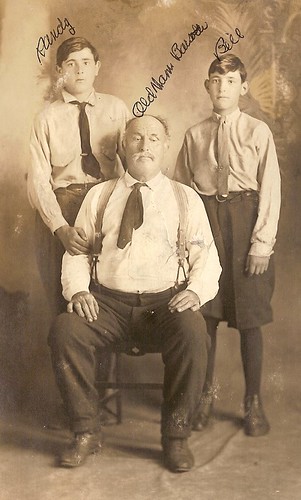Bah on pessimism!
Author: Nancy White
Ready for New Site Feedback
I have identified all the key pages from my old site that I want to have easily accessible and visible on the new site. I still have a ton of editing to go, but I hit the point where feedback is needed.
Jon and I are still working on the image, colors and templates. Not all my old blog sidebar widgets are in, but I’d appreciate any feedback about the site structure and over all look and feel.
Next, we’ll create a template to apply to my old blog pages which won’t change, redirect others to the new pages here, then I think we are ready to put it up on the real domain! WOO HOO!
Added Later:
- Do you think the quote text in gray is too hard to read?
Beauty

I brought home some amazing roses this week and was inspired by a friend to photograph them. The winter light was hitting on the side, making them glow. I am lucky to have friends that remind me of the important role of beauty in our lives. I think it is part of the Culture of Love. Thank you Amy and Michele!
For more intersections between the Culture of Love and Beauty, see M.I.L.K.
Archive: The Masks We Wear
(Repost of an archived blog post from my old blog here.)
Back in the “olden days” of my first online community experience (1996-1997) on Electric Minds there was a topic called “The Mask We Wear.” It was one of those discussions that enabled me to see the power of online communication, and to explore with others how we can hide behind masks and use them to express our identity.
I can’t recall the details of the conversation. But I remember the visceral feeling of understanding something more deeply than before I entered the conversation.
Tonight I came across a link via the New Media Consortium’s Blog (Thanks, Alan) to this video from Robbie Dingo called Mask.
After watching it, I had that same feeling I had in the Electric Minds conversation those many years ago.
How we both see ourselves and represent ourselves, online and off, is an essential part of our connection with others. Even when we “hide” behind our masks, we are being some part of ourselves.
When we had only text based online interaction, with the occasional picture thrown in, we created those masks in our writing. Second Life, World of Warcraft and other games and virtual environments give us new ways to express ourselves, to hide, to flaunt, and to embody our identity.
A good friend of mine, while expressing her delight in her new Second Life experiences, said “I love my avatar.” When I saw it, I understood what she meant. She had captured something ineffable about herself in the avatar. At 600 miles away, her spirit and love showed through that avatar. It was remarkable.
In making our mark online – in our blogs, wikis, discussions, emails, avatars, digital stories and writings – we are sending a bit of ourselves out to the world.
It is pretty darn remarkable, these masks we wear.
Tags:
2 Comments:
-
 Candace said…
Candace said… - Interesting post but it loses something when the video is no longer available. Could you give an idea of what was there?
-
 Nancy White said…
Nancy White said… - Candace, the YouTube video embedded in the post is showing for me, along with the link. So it may have been unavailable for a bit. But your question leads me to think about how I can more carefully reference external material in case it IS unavailable. Good learning.In any case, it was a montage of Secondlife avatars, merging from one to the other with music in the background. What was fascinating to me was a) they way people have chosen to represent themselves in 2ndLife and b) what I saw in common and different as the images merged from one to the other. How are we alike? How are we different?
Testing with a little history
One never knows a lot about one’s forefathers. I know a heck of a lot more about my two grandmothers, a bit about one grandfather and almost nothing about the other one. While I’m testing my new WordPress site, I thought I would go ahead and scan and embed a picture my mom shared with me this summer.
about my two grandmothers, a bit about one grandfather and almost nothing about the other one. While I’m testing my new WordPress site, I thought I would go ahead and scan and embed a picture my mom shared with me this summer.